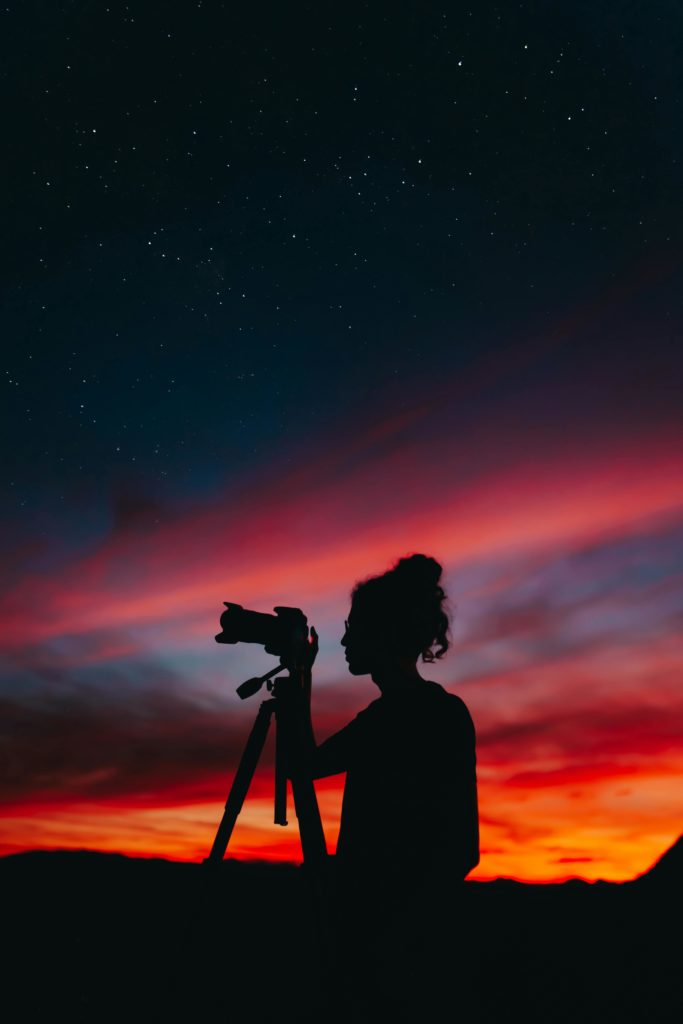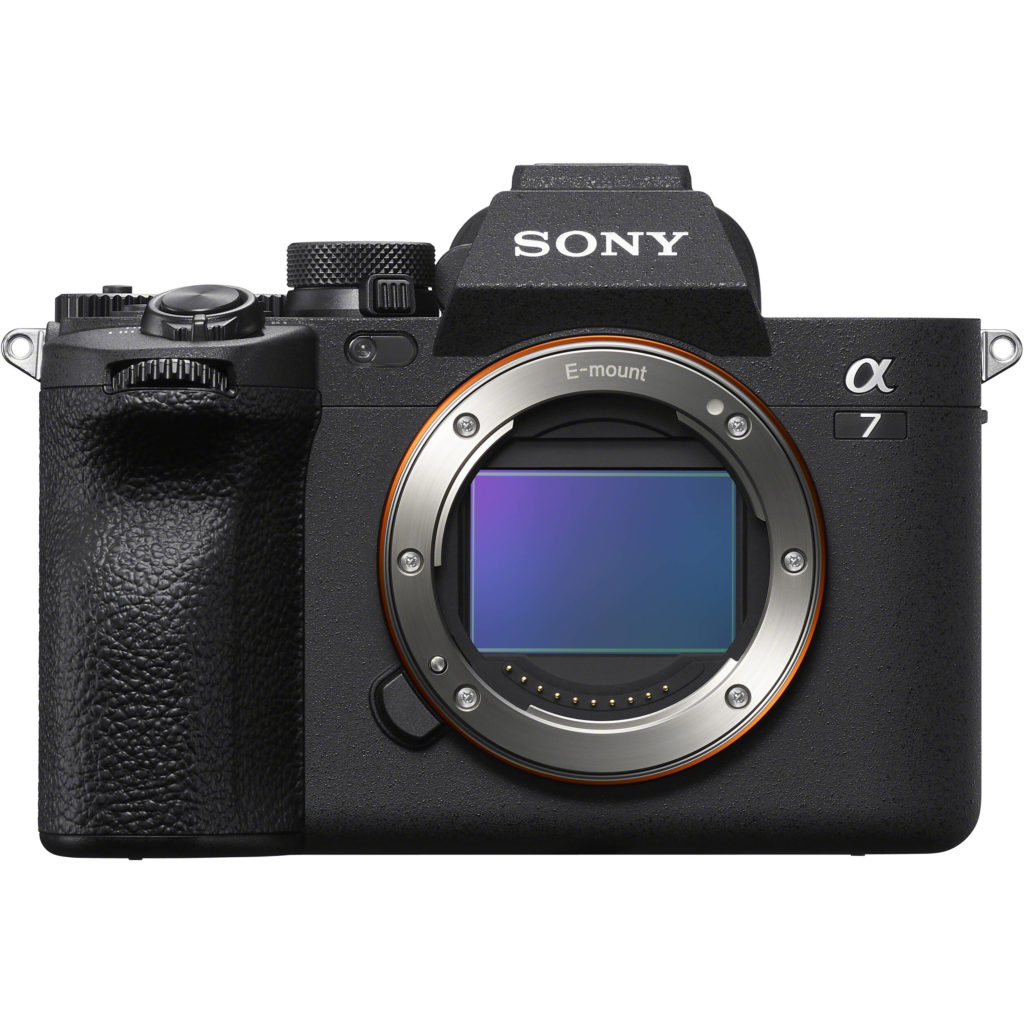Are you among the many photographers and content creators struggling to achieve clear, captivating results in low-light conditions? You’re not alone. Shooting in dimly lit environments presents unique challenges, from maintaining image clarity to preserving details and colors. Fortunately, the continuous advancements in camera technology have birthed a new generation of low-light cameras designed to excel in such demanding scenarios.
In this comprehensive guide, we’ll delve into the realm of low-light photography, exploring the top 8 best low-light cameras available in 2024. Whether you’re a seasoned professional or an aspiring enthusiast, finding the perfect camera for your low-light needs is crucial for unlocking your creative potential. Additionally, we’ll provide invaluable tips and techniques to help you harness the full capabilities of these exceptional cameras and capture stunning images even in the darkest of environments. So lets explore the best low-light cameras
Choosing the right low-light camera for your needs:
With a plethora of options available on the market of the best low-light cameras, selecting the best low-light camera can feel like a daunting task. However, understanding your specific requirements and preferences can streamline the decision-making process. Factors to consider when purchasing the best low-light cameras are:
Sensor size: Larger sensors, like full-frame, generally perform better in low light.
Megapixels: While high megapixel counts can be desirable, prioritize sensor size for low-light performance.
Aperture: Look for cameras with wider apertures (lower f-number) that allow more light to reach the sensor.
Image stabilization: In-body image stabilization helps reduce blur caused by camera shake, especially crucial in low-light situations where shutter speeds are slower.
Video Capabilities: If videography is important, consider features like 4K recording and good autofocus performance in low light.
Budget: Low-light cameras can range significantly in price. Determine your budget beforehand to narrow down your options.



Here are 8 Cameras That I Think Are the Best Low-Light Cameras:
- Sony a7 IV
- Sony a7S III
- Canon EOS R6 Mark II
- Nikon Z fc
- Nikon Z 9
- Fujifilm X-T4
- Canon EOS R5
Sony a7 IV:

Unlike some of the other cameras on this list, the Sony a7 IV strikes a remarkable balance between price and performance. While boasting a full-frame sensor like the a7S III and Z 9, it remains significantly more affordable. Additionally, its excellent image stabilization surpasses offerings like the Nikon Z fc and Fujifilm X-T4, making it ideal for low-light situations where tripods might be inconvenient. This combination of affordability, full-frame sensor, and superior image stabilization positions the Sony a7 IV as a versatile and accessible option for low-light photography and videography enthusiasts.
Sony a7S III:

The Sony a7S III caters to low-light photography and videography enthusiasts seeking exceptional performance. It boasts a high-megapixel full-frame sensor, similar to the a7 IV and Z 9, but prioritizes low-light performance over affordability. This is reflected in its superior low-light video capabilities and faster autofocus compared to other options on this list. However, unlike the a7 IV, the a7S III comes at a premium price, making it a less budget-friendly choice.
Canon EOS R6 Mark II:

The Canon EOS R6 Mark II caters specifically to low-light action photography enthusiasts. While it shares a full-frame sensor and excellent image stabilization with the Sony a7 IV, the R6 Mark II prioritizes features tailored for capturing fleeting moments in low light. Its blazing-fast continuous shooting allows you to capture bursts of action with impressive clarity, even in dimly lit environments. This focus on action photography sets it apart from other options on this list, making it ideal for capturing athletes, wildlife, or fast-paced events in low light.
Nikon Z fc:

While not boasting a full-frame sensor like some other options on this list, the Nikon Z fc still holds its own in low-light photography. Its large APS-C sensor offers good low-light performance compared to smaller sensor cameras. Additionally, its in-body image stabilization helps counteract camera shake, crucial for capturing sharp images in dimly lit environments. The Z FC’s user-friendly design and relatively affordable price point make it a compelling choice for low-light photography enthusiasts seeking a balance between performance and accessibility, differentiating it from some of the costlier full-frame options.
Nikon Z 9:

The Nikon Z9 excels in low-light photography due to its advanced sensor technology and innovative features tailored to challenging lighting conditions. With its high-resolution sensor and enhanced image processing capabilities, the Z9 delivers exceptional performance even in dimly lit environments, capturing detailed images with minimal noise. What sets the Z9 apart from other cameras is its unparalleled autofocus system, which utilizes advanced algorithms and deep learning technology to achieve precise focus even in near darkness. Additionally, the Z9’s high-speed continuous shooting capabilities allow photographers to freeze fast-moving subjects with remarkable clarity, making it a standout choice for low-light action photography. Its seamless integration with Nikon’s Z-mount lenses further enhances its versatility, ensuring superior image quality and reliability in any lighting scenario.
Fujifilm X-T4:

The Fujifilm X-T4 excels in low-light photography thanks to its advanced sensor technology and innovative features. With Fujifilm’s renowned X-Trans CMOS 4 sensor, the X-T4 delivers impressive low-light performance, capturing detailed images with minimal noise. Its in-body image stabilization (IBIS) system provides up to 6.5 stops of stabilization, enabling handheld shooting in dim conditions. The X-T4’s advanced autofocus system ensures swift and accurate focusing even in low light, while Fujifilm’s legendary film simulations offer creative flexibility. Combined with a wide range of high-quality lenses, the X-T4 is an excellent choice for capturing stunning low-light images effortlessly.
Canon EOS R5:

The Canon EOS R5 is an outstanding choice for low-light photography, boasting advanced sensor technology and a host of features tailored to challenging lighting conditions. With its high-resolution sensor and impressive ISO range, the EOS R5 excels in capturing detailed images with minimal noise, even in dimly lit environments. What sets the EOS R5 apart is its cutting-edge autofocus system, which utilizes deep learning technology for precise focusing, even in low-light situations. Additionally, the EOS R5 offers impressive image stabilization capabilities, enabling photographers to capture sharp handheld shots in low light. With its extensive lineup of RF lenses and Canon’s renowned image processing, the EOS R5 ensures exceptional image quality and performance for low-light photography enthusiasts.
Panasonic Lumix GH6:

The Panasonic Lumix GH6 stands out for low-light photography due to its unique combination of advanced sensor technology and innovative features. Unlike other cameras, the GH6 boasts high ISO sensitivity and efficient autofocus, ensuring clear, detailed shots even in dim conditions. Additionally, its exceptional image stabilization system sets it apart, enabling photographers to capture sharp handheld images in low light. When compared to other cameras, the GH6’s versatility and reliability in challenging lighting situations make it a top choice for low-light photography.
Tips for Low-Light Photography
Use a tripod: A tripod is indispensable for low-light photography as it eliminates camera shake, especially when using slower shutter speeds. By stabilizing your camera, a tripod ensures that your images remain sharp and free from blur, even in challenging lighting conditions. Additionally, a tripod enables you to experiment with longer exposure times without worrying about hand movement affecting image quality.
Set your camera to manual mode: Manual mode gives you full control over your camera settings, including aperture, shutter speed, and ISO. In low-light situations, having control over these settings is crucial for achieving optimal exposure and image quality. By manually adjusting these parameters, you can fine-tune your camera settings to suit the specific lighting conditions and desired creative effect.
Increase your ISO: In low light, increasing the ISO sensitivity of your camera allows you to capture brighter images without relying solely on longer exposure times. While higher ISO settings can introduce digital noise to your images, modern cameras handle ISO noise well, especially in higher-end models like the ones mentioned in this guide. Experiment with different ISO settings to strike a balance between acceptable noise levels and proper exposure for your low-light shots.
Open your aperture: Widening the aperture (using a lower f-number) on your lens allows more light to enter the camera, making it easier to capture well-exposed images in low-light conditions. However, it’s essential to consider the trade-off between a wider aperture and a decreased depth of field. While wider apertures create a beautiful background blur (bokeh), they also reduce the area of sharp focus in your image. Adjust your aperture based on the desired creative effect and the level of light available in your scene.
Focus manually: In low light, autofocus systems may struggle to lock onto your subject accurately. Switching to manual focus allows you to take control of the focusing process, ensuring that your subject remains sharp and well-defined in your images. Use the manual focus ring on your lens to adjust the focus manually, and consider using techniques like focus peaking (if available) to aid in precise focusing, especially when shooting in challenging lighting conditions.
Remember, the “best” camera for low-light photography ultimately depends on your individual needs, preferences, and budget. Consider factors such as sensor performance, autofocus capabilities, and lens compatibility when choosing the perfect low-light companion for your creative journey. Explore the cameras listed in this guide, and don’t hesitate to experiment with different techniques and settings to capture stunning low-light images that truly stand out.
Follow the ‘gram
utah freelance photographer







